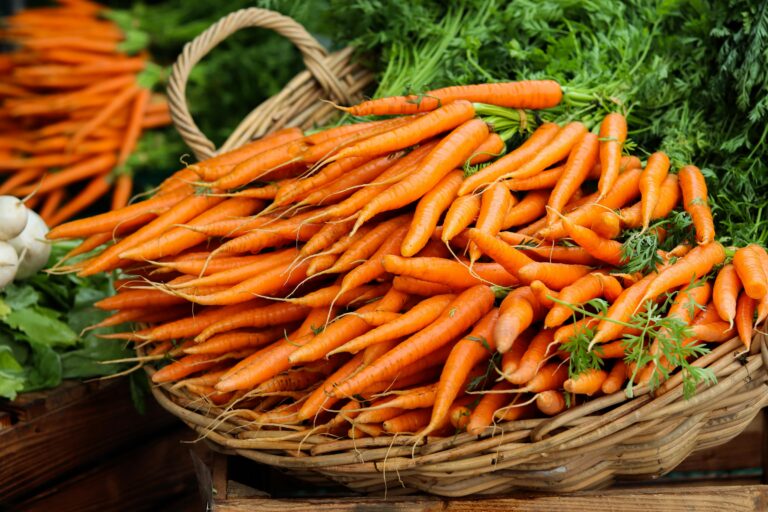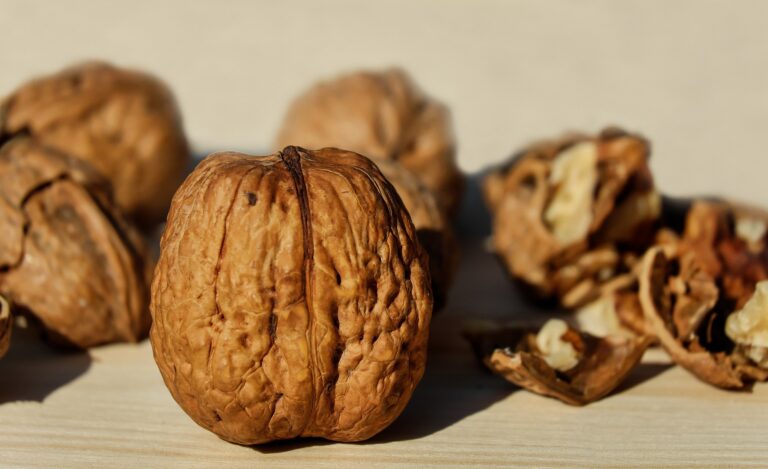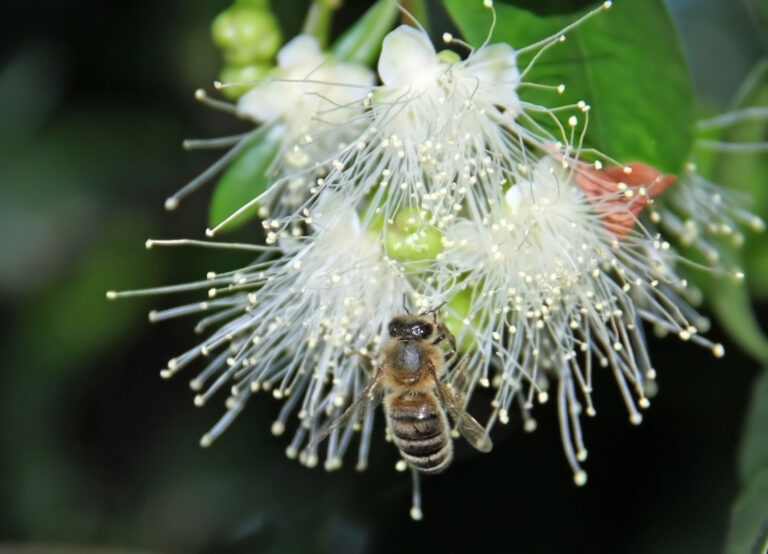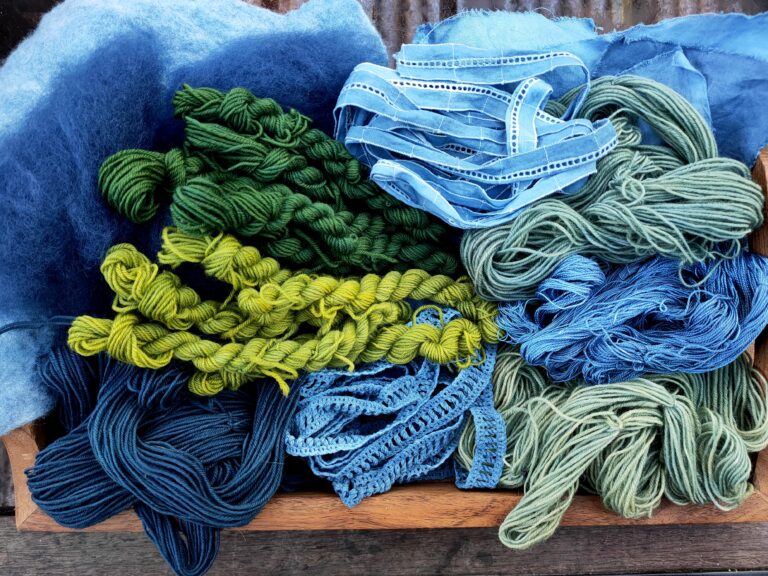Natural Dyeing with Marigolds to give joyful colour

Marigolds are a quick and easy way to jump into the world of natural dyeing.
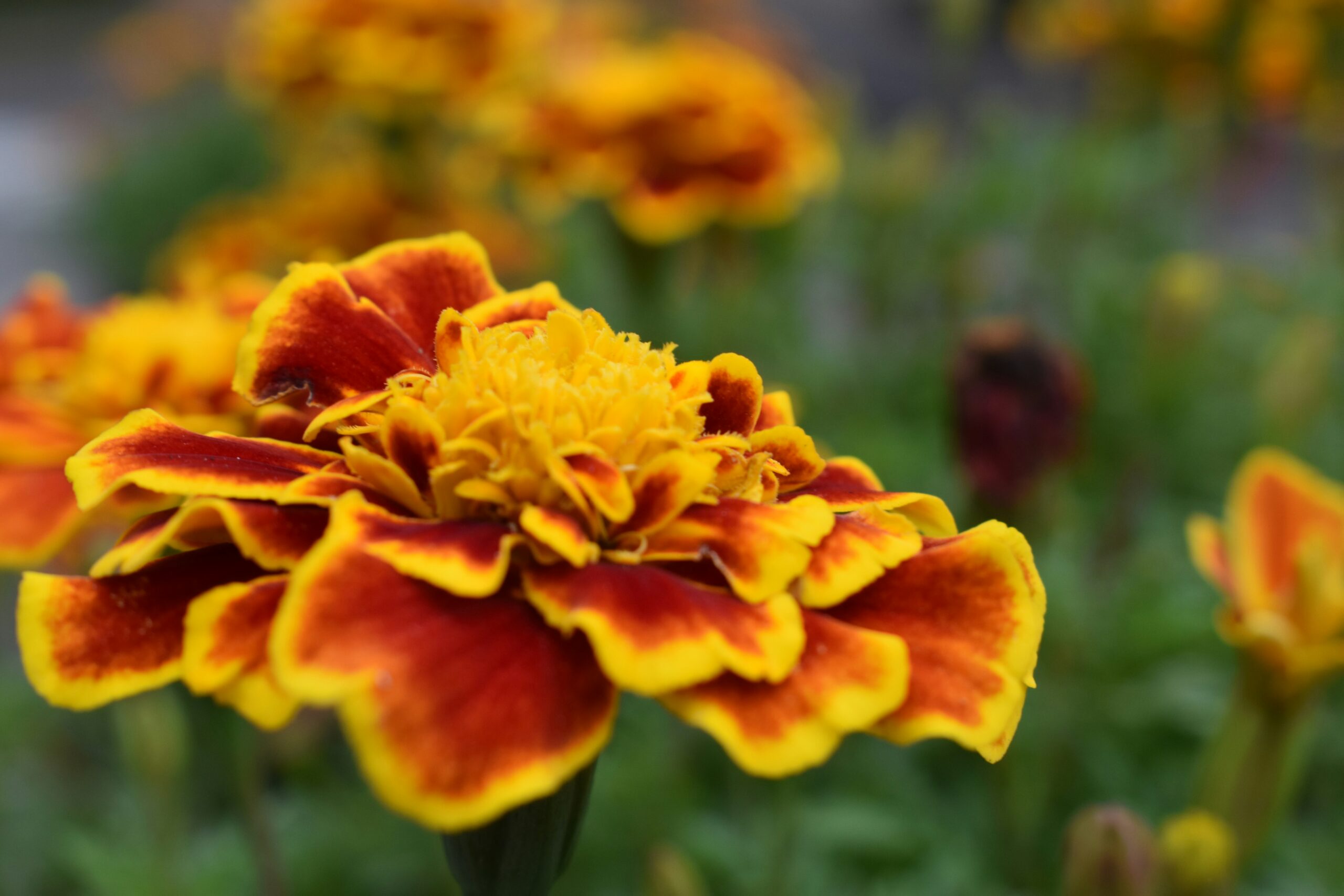
The Marigold
Marigolds are a great way to start and play with the natural dyeing process. They are easy to grow and when you pick the flower heads, love to produce more flowers, giving them a good harvesting season. These experiments were done with marigolds I grew in my own garden and for once I managed to actually grow something without killing it. Believe me, if I can grow them so can you!
Solar Dyeing with Marigolds
With this experiment, as with most , I am going to use the process of solar dyeing.
This is basically putting your dyestuff in a glass jar and leaving it in the sun to work its magic. The beauty of living in Australia means that I do have the benefit of hot summers. If you don’t have these conditions, it does not mean you cannot try this process. You will just need to experiment with your own environments advantages and disadvantages. Leave it in a room that gets sunlight and may have great heating or try longer dyeing periods.
These experiments are only to show you what has and hasn’t worked for me, so you can pick through the information to start your own experimenting journey.

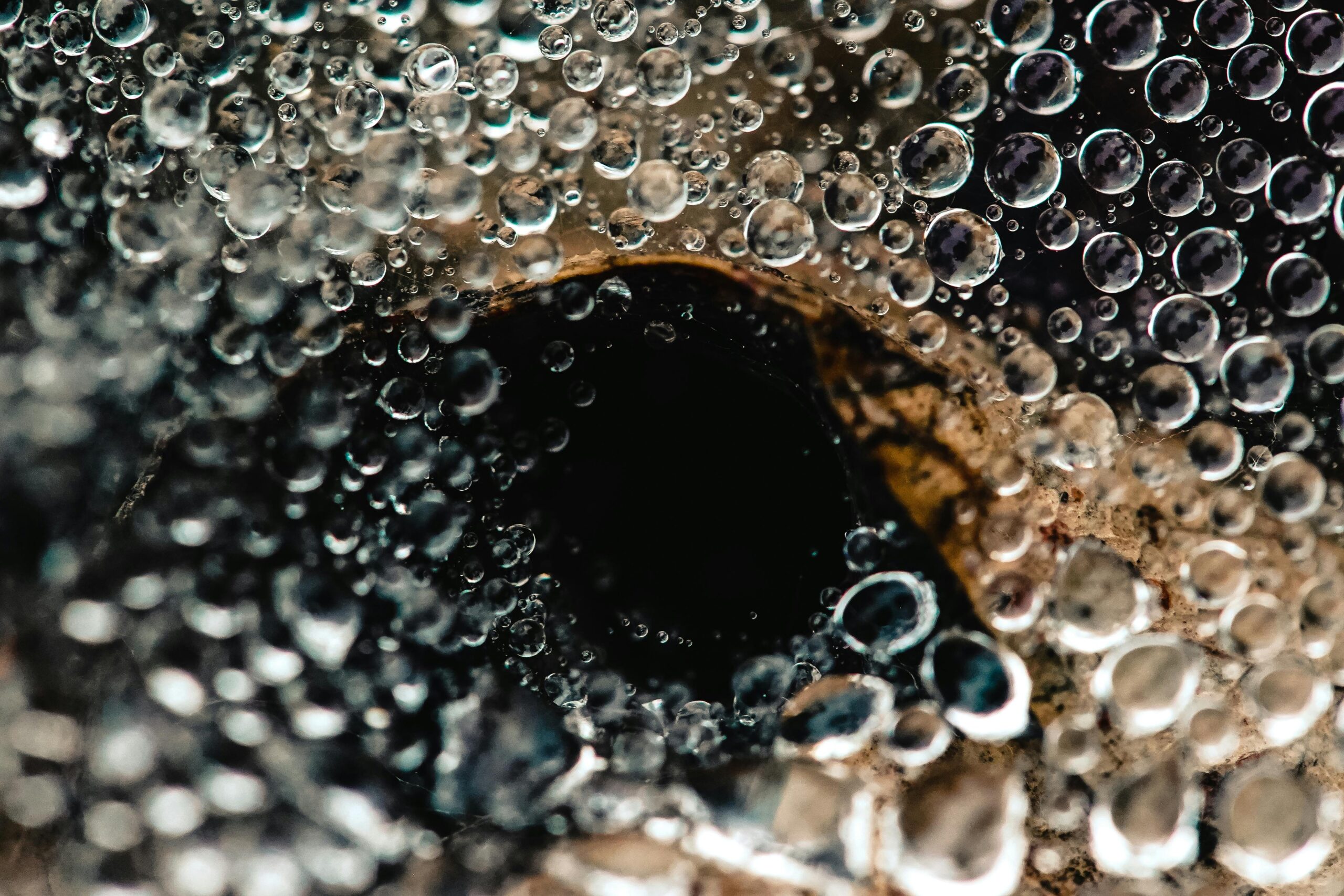
Fibre Preparation
Before dyeing you must first scour and mordant your fibre. For this particular experiment, my wool roving was mordanted in alum and copper. For information on these processes, try this post.
What you will need
Boiling water
Flowers
Wool Fibre- I have used 10g of merino roving for each experiment that was prescoured and mordanted with alum or copper.
Bowls
Glass Jars
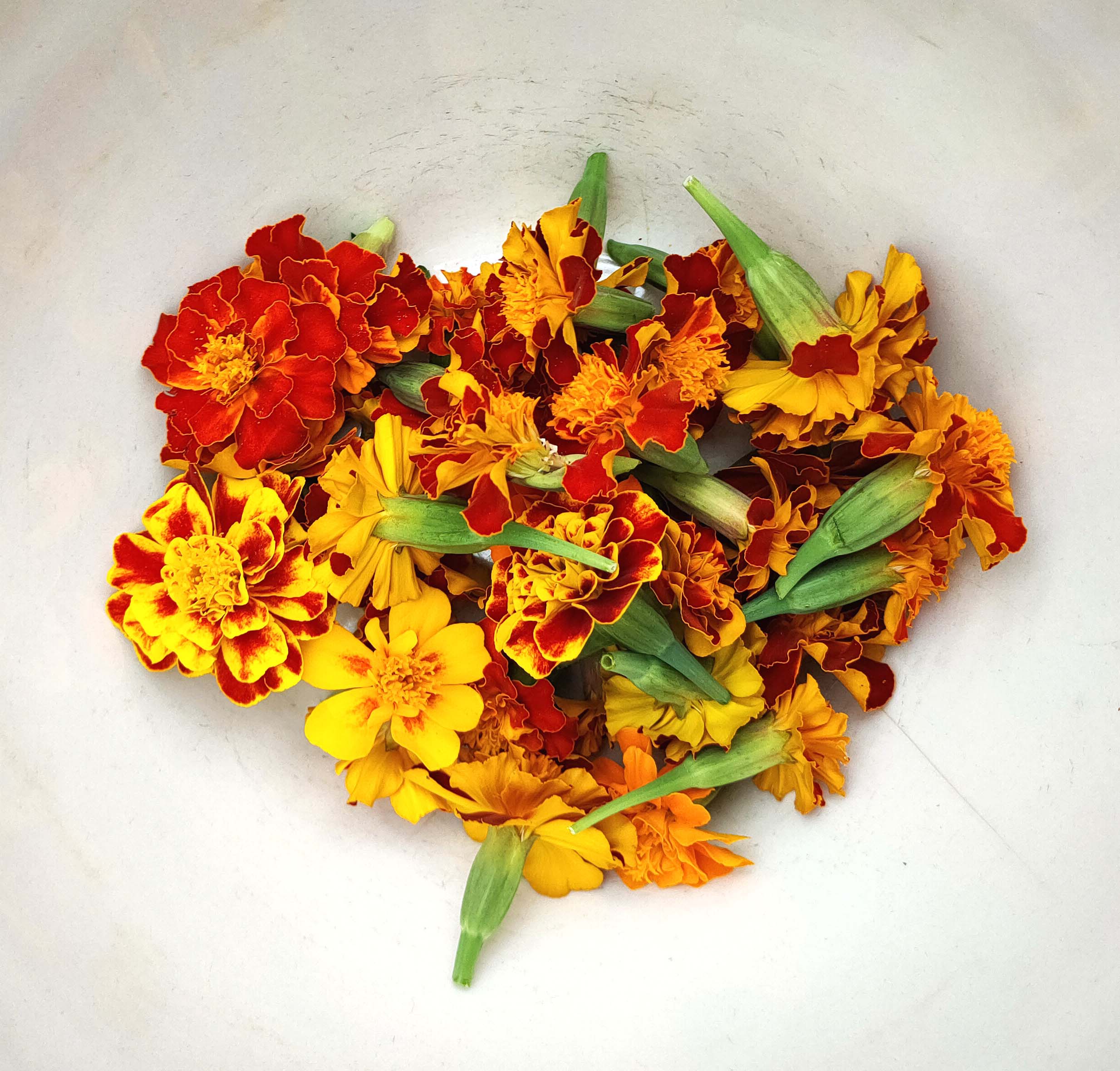
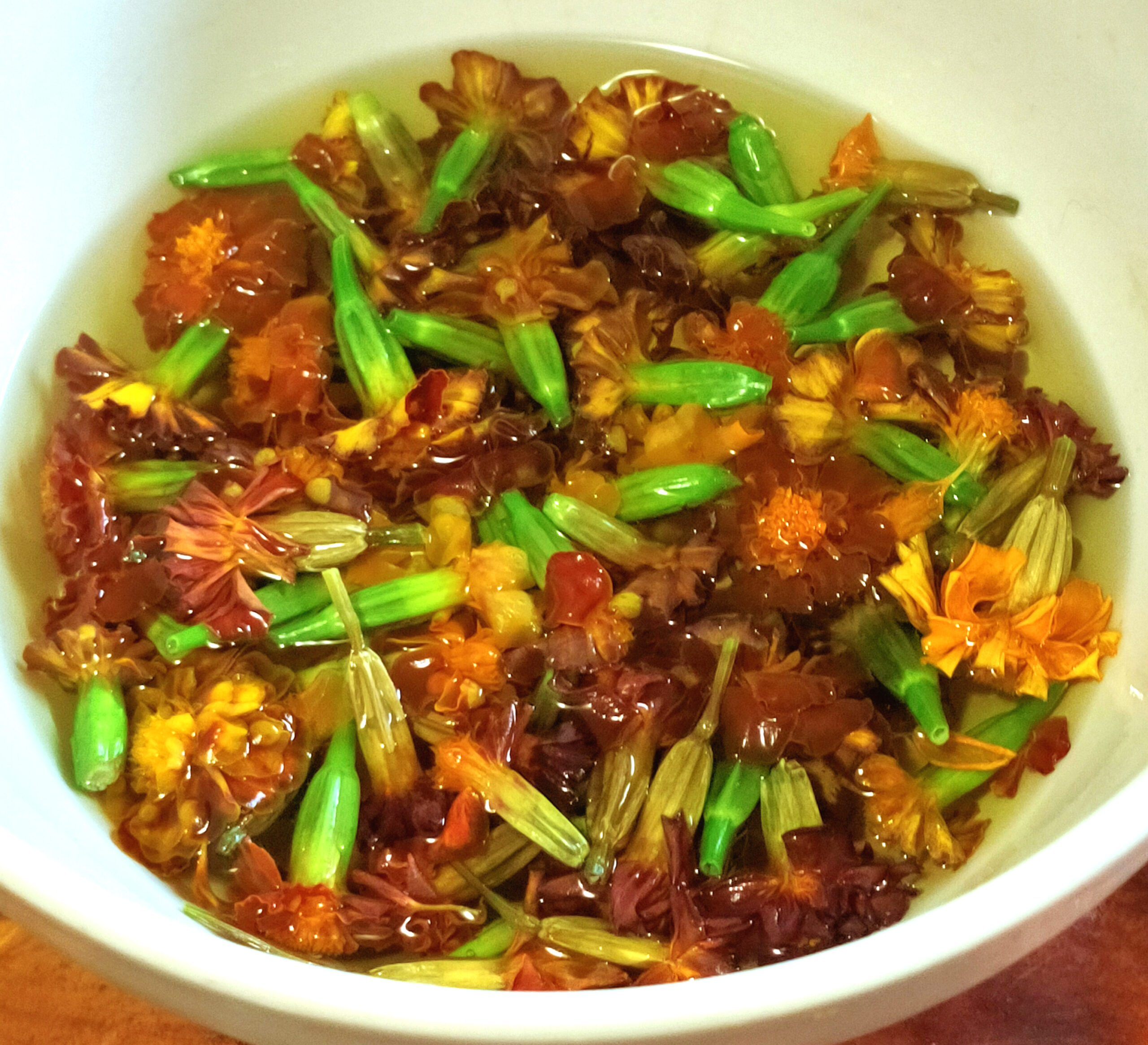

Procedure for dyeing with Marigolds
Step 1: Place your dyestuff in a heat proof bowl and add boiling water
Step2: When cool enough, transfer into glass jars and leave outside. I left these for a week in the hot Australian summer sun.
Step 3: Add your fibre. Leave outside in the sun for 1 week. (It was summer in Australia, so was quite warm)
For this experiment I did one experiment with alum mordanted roving and one with copper mordanted roving.
Step 4: Take your wool out of the jar and leave to dry completely without rinsing.
Step 5: Rinse in water baths until they are clear. As I was using roving I did not want to use running water to start it felting, so I used a few bowls of water. Always make sure you wool does not experience dramatic temperature changes. Make your water room temperature. Leave to dry
Additional/Optional : I also did an additional exhaust bath with this experiment. It can sometimes be a great way to get some additional colour out of your dye bath.
After taking the original wool out of the bath, I added another piece of premordanted alum wool to the jar and left it in for a week. I did the same dry and rinse method as the previous wool.
Results
The marigolds have produced some great yellows!
All of the rovings were turned into felt. I figured that the wet felting procedure would be a good indication of how well the dye stands up to washing. Then comes the sun test. The felt was then left on a window sill for 4 weeks in the hot Australian summer to see if it would fade. (sun test is the last piece of felt in the line)
The Alum mordanted wool brought out a very vibrant yellow that would work beautifully in many art and craft projects. The colour did fade a bit in the sun but turned into this beautiful duller yellow that still had merit of its own.
The exhaust felt faded pretty badly and I would not do any further exhaust baths when doing future dying with marigolds.
I was happiest the most with the copper mordanted wool. The pictures are quite as good as the real thing. The original dyed colour is not as vibrant a colour but more a gold or bronzy yellow. It held up very well to the sun test with barely a change in colour.
I hope this helps and encourages you to try your own experimenting in the world of natural dyes. 🙂
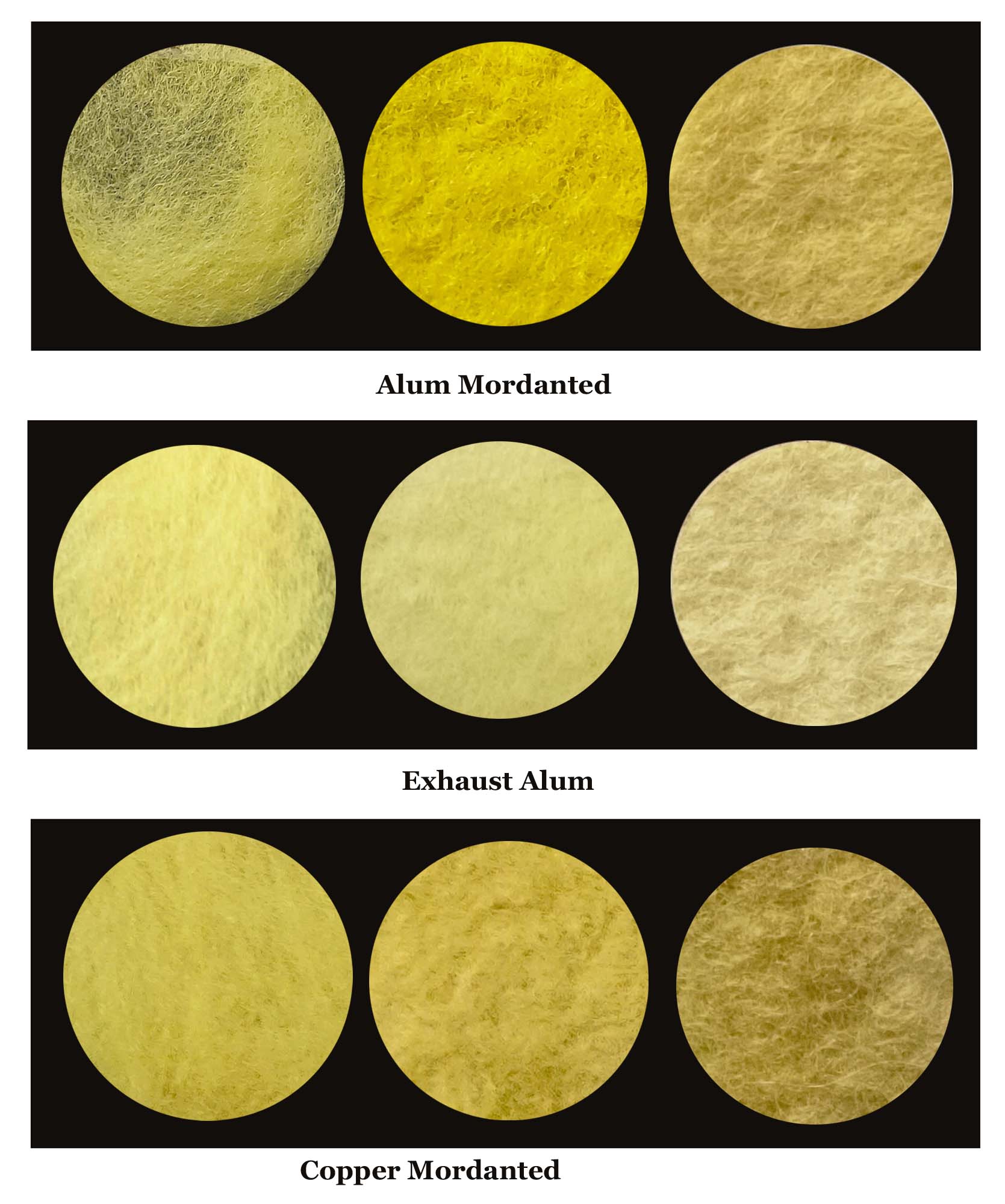
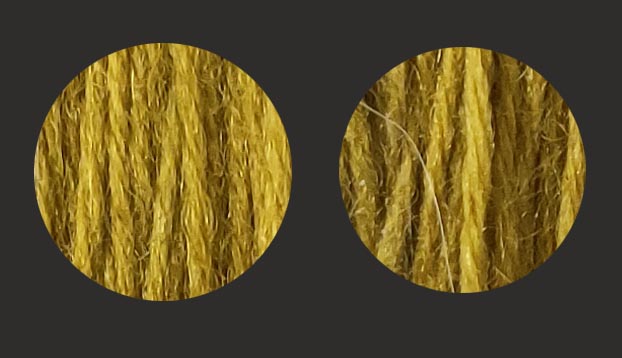
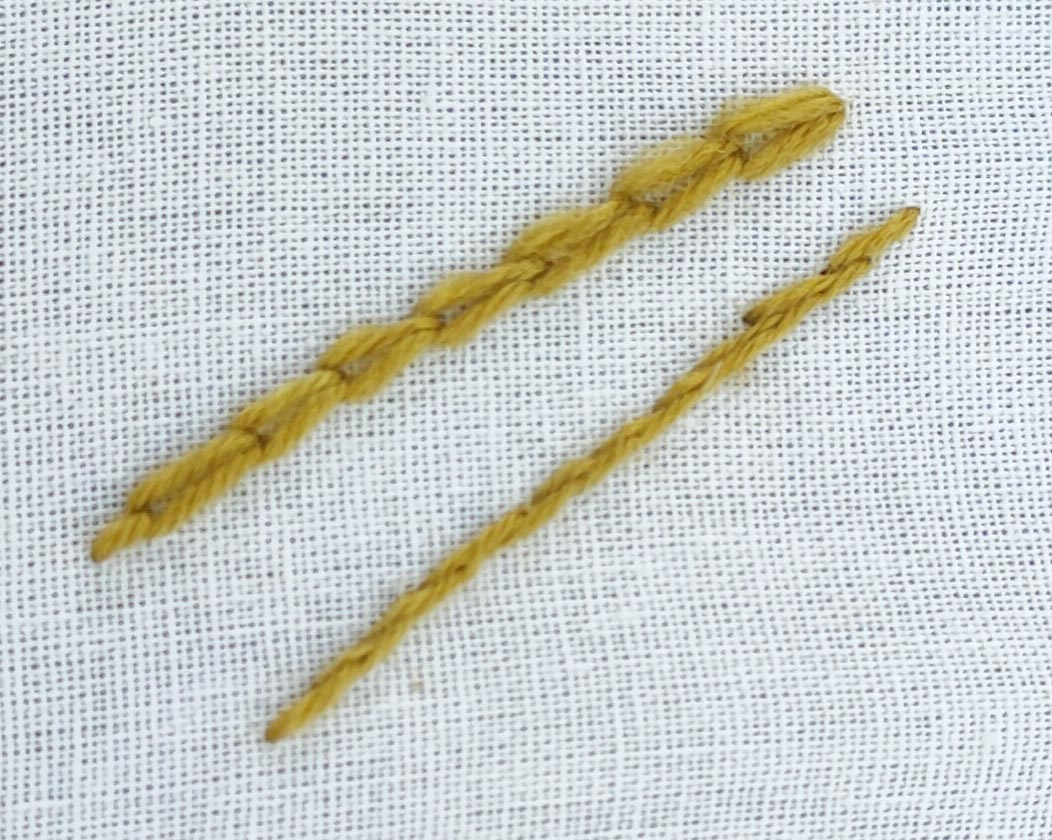
Update 22/8/2024
I have since done a lot more dyeing with marigolds and thought I would show you some further experiments.
These pictures are of 2ply merino wool mordanted with copper water. I have then solar dyed with marigolds for 1 week.
The top picture shows the threads straight after rinsing and drying as well as after 1 week in full sun. As you can see there has been no fading at all!!
The second picture is after the embroidered thread has been washed and dried. I have gently hand washed with a gentle soap and was very happy to see no running of dye at all!!
Join us on Instagram www.instagram.com/DyetoCraft
Etsy Shop Now open
If you like the idea of using organic naturally dyed threads in your craft but just don’t have the time, come and have a look at our Etsy Shop where you will find an array of beautiful colours provided by nature.

